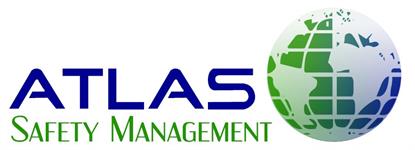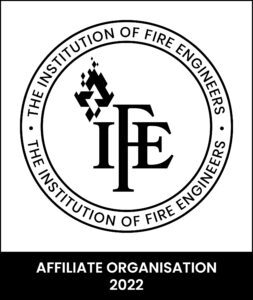Plant room
A plant room, (sometimes referred to as a mechanical room or boiler room), is a dedicated space containing the equipment required to provide or supply building services such as ventilation, electrical distribution, water and so on. The size of a plant room is generally proportional to the size and type of building.
Large buildings may have several plant rooms, or spaces that occupy one or more storeys and some plant rooms may have specific functions, such as; battery rooms, transformer rooms boiler rooms.
Requirements for an Electrical Plant Room relate to fire safety and electrical hazards. An electrical plant room is usually required to be secured from access by unauthorized persons; these rules are especially strict where equipment within the room has exposed live terminals.
Regulations may require two separate means of exit from a room where the power rating of circuits exceeds some threshold, to allow for quick exit in an emergency.
In industrial buildings that handle flammable gases or liquids, or combustible dusts, special electrical rooms may be prepared that have ventilation and other measures to prevent an explosion hazard that would otherwise exist with electrical equipment in hazardous areas.
The primary method used to control the risk from Legionella is water temperature control.
Water Plant Room should be operated at temperatures that prevent Legionella growth:
- Hot water storage cylinders (calorifiers) should store water at 60°C or higher
- Hot water should be distributed at 50°C or higher (thermostatic mixer valves need to be fitted as close as possible to outlets, where a scald risk is identified).
- Cold water should be stored and distributed below 20°C.
A competent person should routinely check, inspect, and clean the system, in accordance
with the risk assessment.
You must identify ‘sentinel’ outlets (furthest and closest to each tank or cylinder) for
monthly checking of the distribution temperatures. You should also check the hot water
storage cylinder temperatures every month and cold-water tank temperatures at least
every six months.
Stagnant water favours Legionella growth. To reduce the risk, you should remove dead
legs/dead ends in pipework, flush out infrequently used outlets (including showerheads
and taps) at least weekly and clean and de-scale shower heads and hoses at least
quarterly. Cold-water storage tanks should be cleaned periodically, and water should be
drained from hot water cylinders to check for debris or signs of corrosion.
Design systems to minimise Legionella growth, by:
- Keeping pipe work as short and direct as possible.
- Adequately insulating pipes and tanks.
- using materials that do not encourage the growth of Legionella.
- preventing contamination, e.g., by fitting tanks with lids and insect screens.
What is needed to be considered in a plant room
- The ease of access for the maintenance and/or replacement of equipment when locating a plant room.
- The ability to expand if required in the future.
- The ability to expand the equipment in the room if required.
- Ventilation requirements.
- Where the plant is located externally and may be in view, screening devices may be required.
- Floors should be low maintenance finish and comply with slip resistance standards
- Access should be restricted to authorised maintenance personnel.
- Sound transmission should be minimised with acoustic attenuation if in close proximity to user rooms/spaces.
Confined space in a Plant Room
Confined spaces are dangerous places. Working in confined spaces is not something that
can always be avoided, so you need to know the hazards to watch out for. Hazards create risks. In a confined space, your movement may be restricted. This can make escape difficult, and the consequences of hazards much more serious.
What are the main confined space hazards?
- Lack of Oxygen
- Gases, Fumes and Vapours
- Flooding
- Dust
- Fire and ExplosionsTemperature
- Access Restrictions
Controls you might think about including:
- Atmosphere testing
- Plant shut down
- Isolation of existing equipment or services
- Cleaning and ventilating before entry
- Establishing a safe system of work
- Additional lighting
- Breathing apparatus
- Non-sparking tools
- Communication systems
- Training
- Supervision and monitoring
- Rescue procedures and emergency arrangements
- Lifelines


